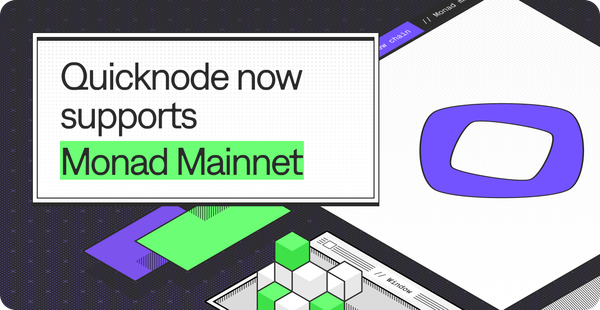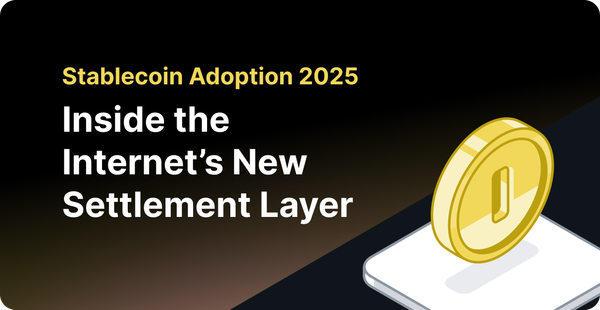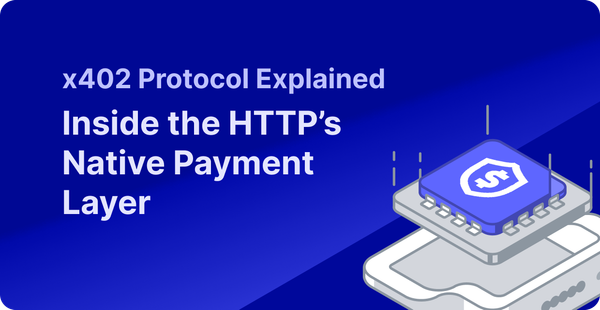How Stablechains are Reshaping Crypto Payments: Tempo, Arc, Plasma, Stable
Stablechains are purpose-built blockchains for stablecoin payments. Learn how Tempo, Arc, Plasma, and Stable are redefining finance.
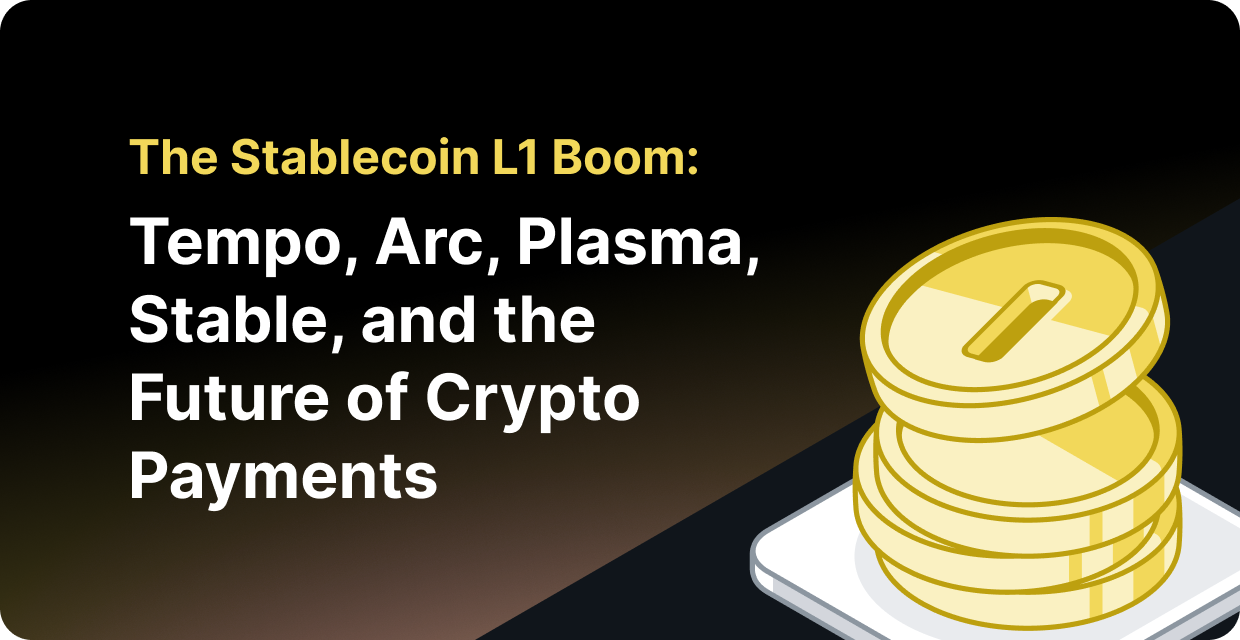
Stablecoins processed $27.6 trillion in 2024 which is more than Visa and Mastercard combined.
Yet they're still running on infrastructure designed for trading JPEGs and launching memecoins. Today, the status quo is changing fast and radically.
A new category of blockchains is emerging, purpose-built exclusively for moving money: Stablechains. They are instant, predictable, and compliant.
This piece explores why they’re emerging now, the projects leading the charge, and what it means for the future of payments.
Why do Stablecoins Need New Blockchains?
Simple answer: Because money has different physics than memes and NFTs.
General-purpose chains were built to be everything machines. They’re an extremely broad and open design space that builders can be creative and innovative on. We have seen this pop out everything from NFTs, memecoins, lotteries to virtual worlds, games, and avatars.
But, money, payments, and finance, to work at their best, need a boring engine that is consistent, predictable, and auditable.
Enter the newest real estate in web3 purpose-built to solve global payments: stablechains or stablecoin-chains.
What Are Stablecoin Chains?
Stablecoin chains are blockchains built with one job in mind: moving and programming assets having a stable value.
Technically, these are either layer 1 blockchains or specialized layer 2s where the entire mechanism is optimized for stablecoins.
- The native gas token is often a stablecoin itself.
- Consensus mechanisms optimize for payment finality, not general computation.
- Validator sets enforce compliance rules at the protocol level.
Every design decision answers one question: how do we move dollars faster, cheaper, and more reliably?
Through a few core architectural decisions that general-purpose chains can't replicate without breaking what makes them valuable.
Key Architectural Decisions That Make Stablechains Work
From day 1, purpose-built stablecoin chains make architecture and design choices — all aimed at facilitating the next 10s of trillions in global payments.
Let’s learn about them from two key perspectives:
From a Developer/Builder’s Perspective
- Predictable economics: Payments only make sense if fees are stable and denominated in the same currency being transferred.
- Scalable for real-world use: Distributing salaries to tens of 1000s of users or streaming microtransactions every second requires guaranteed throughput.
- Compliance built-in: Know-your-transaction (KYT) tools, allowlists, and auditability at the protocol level reduce legal overhead.
- Familiar integration: EVM compatibility, API-first design, and fiat ramps allow existing systems to plug in without redesigning everything.
- Dedicated blockspace: Purpose-built chains guarantee blockspace for payment transactions without getting stuck in DeFi-led congestion.
From an Stablecoin Issuer’s Perspective
- Cost efficiency at scale: Large issuers cannot operate if every transfer is exposed to gas market swings.
- Unified liquidity: Purpose-built chains reduce fragmentation across bridges and networks.
- Regulatory alignment: Features like onchain audit trails and programmable controls accelerate acceptance from regulators and institutions.
The design choices explain why stablecoin chains matter. But architecture is only half the story. The other half is what’s actually being built today. A bunch of purpose-built stablechains have already emerged, each with its own angle on speed, compliance, or integration.
The Stablechains Landscape: Popular Projects and Initiatives
So who's actually building this?
Over $2 billion in funding has poured into nine major projects with a few already live or in late testing.
Four stand out as flagship efforts shaping this category:
Tempo
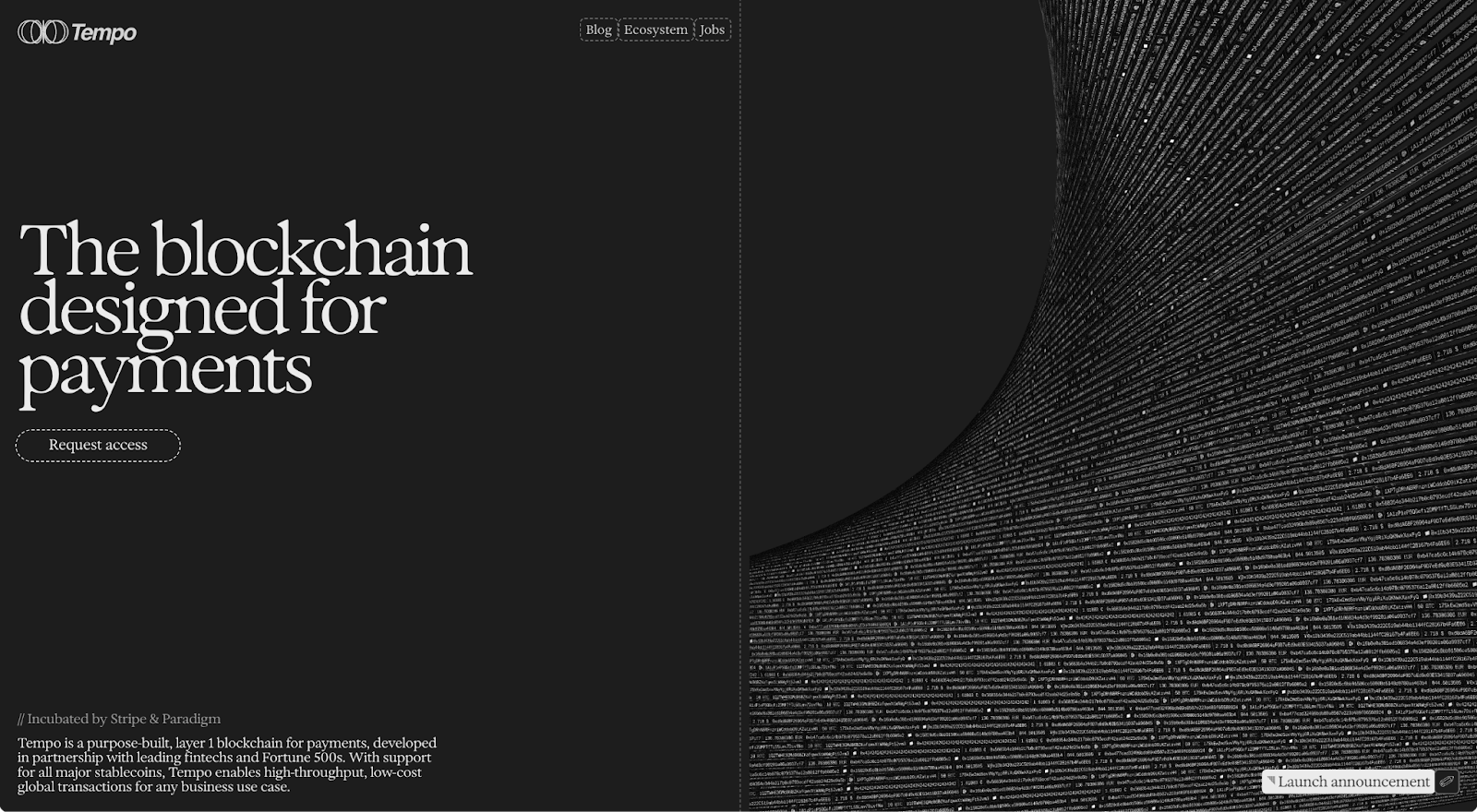
Tempo is bringing in a new flavor to web3 with its no-token design which is a rare case in crypto. By making stablecoins both the asset and the gas, it removes volatility and accounting friction. Also, Tempo integrates ISO 20022-compatible payment memos which is critical for institutional adoption.
More importantly, Tempo's design partner list reads like a who's who of tech and finance: Anthropic, OpenAI, Shopify, Deutsche Bank, Revolut, Standard Chartered, Visa, and others.
Be updated about Tempo: Twitter
Arc
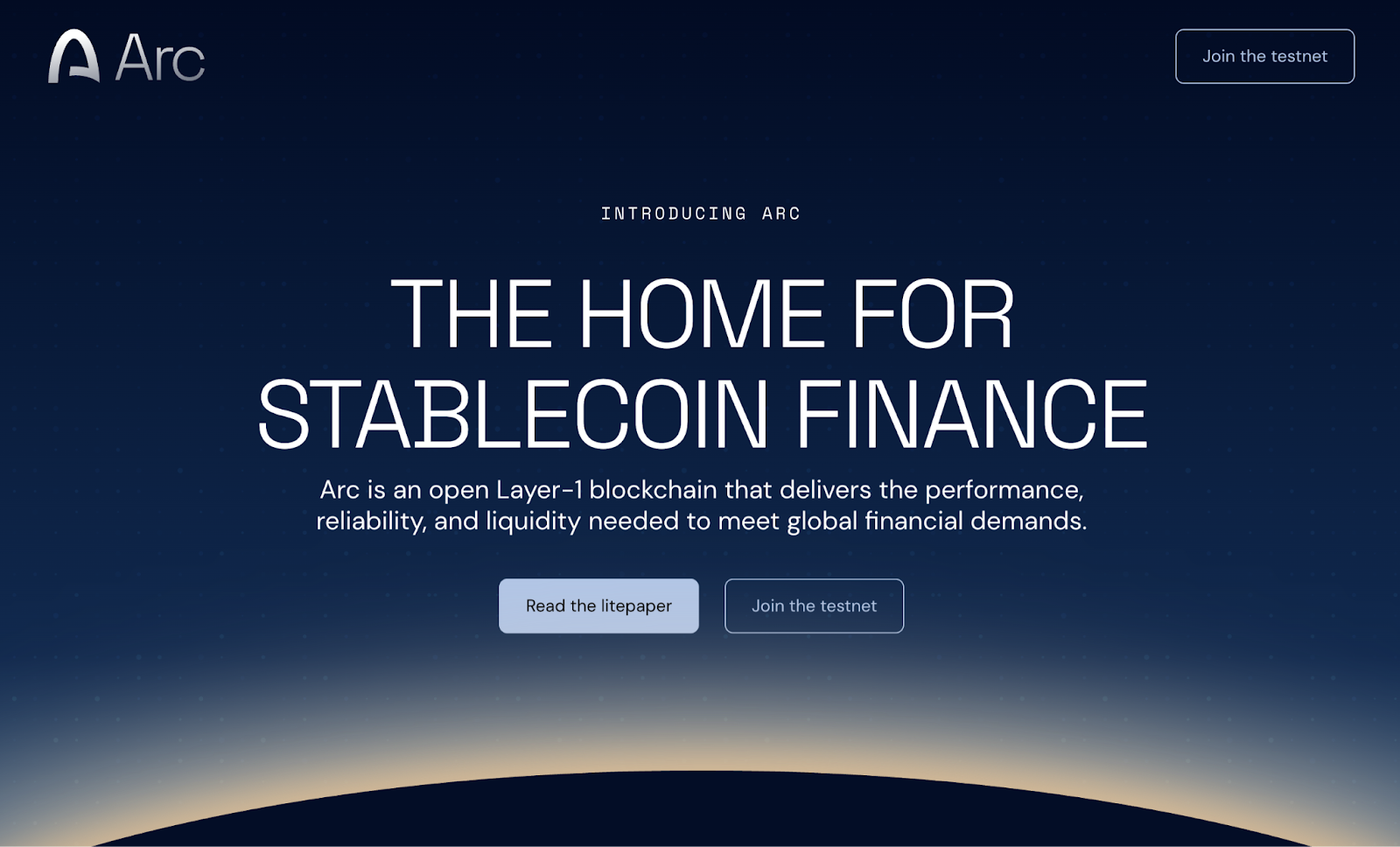
*Arc is also integrating Paymaster solutions to allow other stablecoins for payment.
Arc is Circle's vertical integration play. It embeds an institutional-grade FX engine with Request-for-Quote price discovery and 24/7 payment-versus-payment settlement between USDC, EURC, and USYC. The chain also uses a Fee Smoothing Mechanism to keep costs predictable and offers opt-in privacy.
Circle’s role ensures regulatory alignment and direct integration with the most widely used regulated stablecoin.
Read more: Arc’s Twitter and litepaper.
Plasma
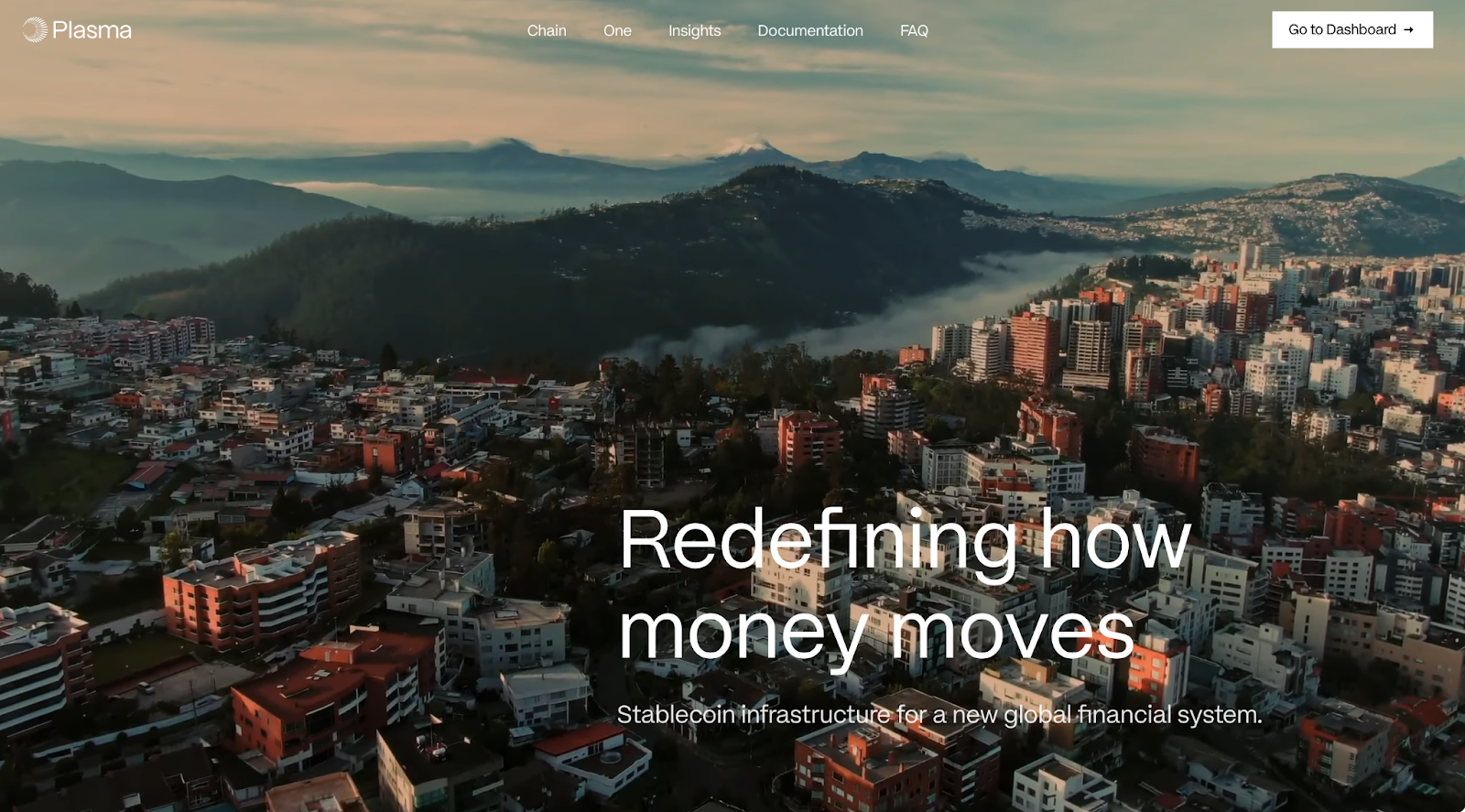
Plasma launched with stunning adoption: $7B stablecoin supply in two days and Aave deposits exceeding $6.5B. The chain’s standout feature is gasless USDT transfers. By offering a zero-fee model that works through an automated paymaster mechanism, it mimics the experience of digital banking apps.
Try Plasma live. Read about Plasma.
Stable
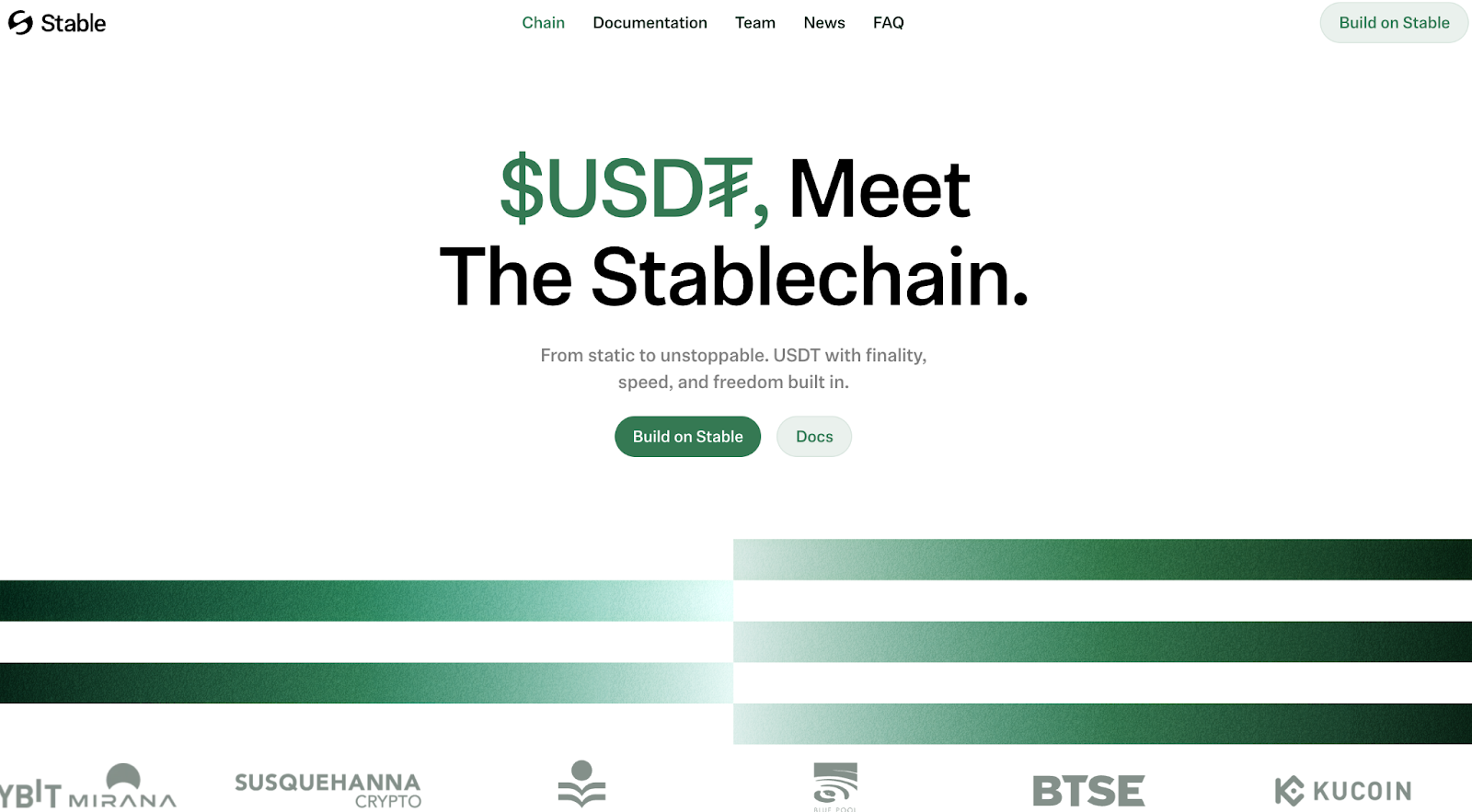
Stable’s defining angle is the fusion of Tether’s dominance with PayPal’s distribution.
By making USDT the gas token and enabling cross-chain interoperability via omnichain USDT (USDT0), it reduces friction for users and merchants. The PayPal partnership signals a bridge between consumer fintech adoption and stablecoin-native infrastructure.
Learn more: Stable docs and Twitter
Other Notable Stablechain Initiatives
There are a few projects that are focusing on narrower pieces of the stablecoin puzzle like layer-2s, issuance, regional liquidity, and more.
Let’s learn about a few popular initiatives:
These five projects show the ecosystem’s diversity: stablecoin-only L2s, multicurrency networks, issuance protocols, interchain hubs, and institutional-grade rollups.
But, what does all this infrastructure actually mean for the companies moving money today?
Real-World Implications for Finance and Payments
Stablechains are designed to do what existing blockchains struggle with: settle money movement at scale.
It moves the idea of ‘crypto dollars’ from exchanges and DeFi apps into the fabric of real-world finance. Their promise is simple: money that settles instantly, at low cost, and with programmable rules baked into the network itself. This shift itself touches every layer of the global financial system.
The Emergence of Hybrid Settlement Infrastructure
Traditional banks are starting to plug directly into stablecoin rails not as customers but as infrastructure partners.
- Standard Chartered and Deutsche Bank are Tempo design partners.
- Circle raised $1B+ in institutional capital pre-IPO from Goldman Sachs and BlackRock.
- Franklin Templeton backs both Stable and 1Money.
Potential win-win scenario: A hybrid model where corporate treasuries hold dollars in traditional banks but settle cross-border payments via stablechains.
Regulations Might Create Geographic Fragmentation
Different regulatory environments are going to create a multi-faceted payment landscape.
For instance, in the European Union:
The MiCA regulations favor heavily regulated, compliance-first stablecoins. Circle is positioning Arc for institutional adoption here. Tether will face restrictions.
However, in emerging markets with low-to-nill regulations, zero-fee chains like Plasma can be a hit instantly taking advantage of expensive or inaccessible banking.
China-like restrictive economies are where stablechains will have a hard time penetrating. These nations are pursuing CBDCs (central bank digital currency) to have monetary control and surveillance. Here, the exchange liquidity and on/off ramps to global stablecoins will be the key unlock of growth and adoption.
Traditional Payment Processors Face an Existential Choice
Visa and Mastercard built empires on controlling access to payment networks. Stablechains make that control optional.
- The old model: Merchants pay 2-3% because card networks own the rails, the fraud protection, the settlement layer, and the consumer relationships.
- The new model: Merchants integrate stablecoin checkout via APIs, pay 0.1-0.5% (or zero on Plasma), and settle instantly without intermediaries.
Stripe is hedging both sides: maintaining traditional card processing while building Tempo.
PayPal launched PYUSD and integrates stablecoin transfers.
Visa partnered with Circle and is experimenting with USDC settlement.
But, the true solution is stablechains acting as the interoperability layer between incompatible financial systems without competing with SWIFT or Visa.
Right now, moving money between:
- A U.S. bank and a Nigerian fintech = 3-5 days, multiple intermediaries
- Traditional finance and DeFi protocols = manual bridges, high friction
- Different CBDCs (if they ever launch at scale) = bilateral agreements, limited compatibility
Stablecoins route around all of this. A payment can flow: U.S. bank > Circle > Arc stablechain > local fintech in Lagos > recipient's bank account.
All within seconds. No correspondent banking. No SWIFT codes. Just programmable dollars moving through open infrastructure.
These shifts make stablechains look inevitable. But here's the catch: as stablechains multiply and specialization accelerates, the infrastructure challenge shifts.
Build Stablechains Easily With QuickNode
From building new blockchains to supporting a fragmented, high-throughput, always-on ecosystem, developers will need to understand stablecoins and beyond.
They'll need to build on top of them across multiple chains, with different fee models, compliance requirements, and transaction patterns. This is where QuickNode enters.
QuickNode provides reliable, low-latency access, analytics, and developer tooling needed to operate across this emerging stablecoin-first universe. Developers get
- Fast, reliable RPC access to stablecoin chains, multi-chain support out of the box,
- Powerful analytics with QuickAlerts, and
- Real-time data indexing through QuickNode Streams.
QuickNode solves the "how to build" problem for the majority of the builders and developers. But, the deeper question remains: where do we go from here?
The Stablechain Endgame: Consolidation, Coexistence, or Chaos?
Stablechains are still young. Some are corporate-led, others crypto-native, some hyper-regulated, others freewheeling.
Together they point toward a future where money flows across programmable rails with the speed of the internet.
But here's what no one wants to say out loud: not all stablechains will win or cease to exist in a few years' time.
Not because the technology fails. Because network effects are brutal.
The top 2 stablecoins — Tether (USDT) and Circle (USDC) — control 90%+ of the market.
Liquidity attracts users. Users attract applications. Applications drive more liquidity.
This dynamic doesn't reverse just because new infrastructure launches.
What is certain is that stablechains are not a passing experiment. They are the clearest attempt yet to turn crypto’s infrastructure into the world’s payment backbone. Whether the outcome is consolidation, coexistence, or chaos, the rails of money are already being rebuilt.
About QuickNode
QuickNode provides the tools and resources builders need to create incredible products. With a globally balanced infrastructure, guaranteed reliability, a user-friendly interface, and end-to-end customer support, QuickNode enables enterprises to rapidly bring their ideas to life on the blockchain.


